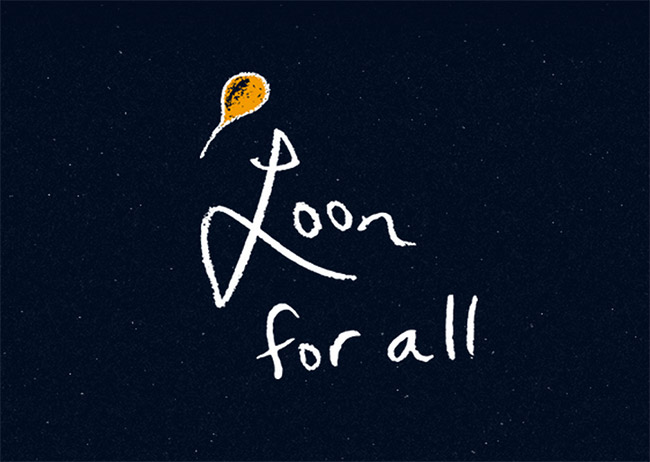What's REALLY Next? Balloon-powered Internet?
Monday, March 24, 2014
by Brian Blankenship
Marketing
What's REALLY Next? Balloon-powered Internet?
Have you ever heard that “everyone is online?”
Everyone is not online.
Only 2.7 billion people have Internet access, with Internet adoption growing by less than 9% annually. For every person who goes online there are two who can’t. In some places there are 1,000 people without Internet access per each person with access. In other places no one can access the Internet.
Why do we need to do get everyone online?
While we could debate this topic forever, let’s just touch on a few real reasons:
- Education (everyone could have secondary school come to them)
- Health (doctors could reach out remotely to help)
- Agriculture (access to accurate weather data could help increase harvest)
- Business (businesses on the internet grow twice as fast and businesses and marketers could reach more users)
So, how do we get internet to everyone?
“We could get our internet from balloons”
You would think that quote came from my 8-year-old daughter. After all, it sounds crazy. Something your typical, imaginative child would dream up, right?
While at the Dallas Digital Summit 2013 last December, I learned of a very interesting and innovative project, that aims to do just that. Bring the Internet to EVERYONE… with balloons.

"Many of us think of the Internet as a global community. But two-thirds of the world’s population does not yet have Internet access. Project Loon is a network of balloons traveling on the edge of space, designed to connect people in rural and remote areas, help fill coverage gaps, and bring people back online after disasters.”
What is a Loon Ballon you might ask? "A: Project Loon is a global network of high altitude balloons. The balloons ascend like weather balloons until they reach the stratosphere, where they drift above 18 km (60,000 ft), safely above the altitudes used for aviation. Unlike weather balloons, Loon balloons are superpressure, which enable them to stay aloft for 100+ days at a time. This is far longer than typical weather balloons, which last for a matter of hours. Loon balloons are also unique in that they are steerable and entirely solar powered.”
How does Loon work?
Currently Google Loon is testing in New Zealand, but if successful plans to expand the project.
What’s REALLY Next?
Maybe Google Loon. Or, maybe Mark Zuckerberg will help bring internet access to EVERYONE.
UPDATE
Additional info just posted on Newsweek: Dark Side Of The Loon – Facebook and Google are working to use drones or balloons to bring the Internet to remote corners of the world.
Tags: Web & Digital